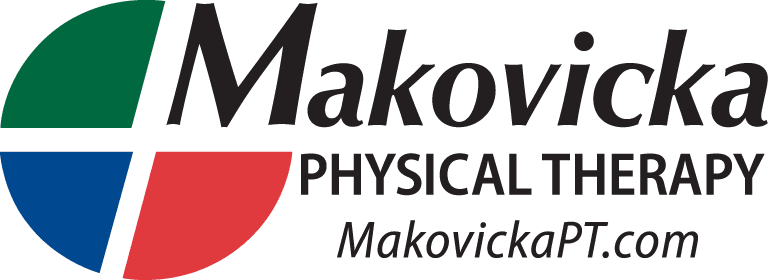Stretching and Flexibility
Stretching and flexibility are both important. If done right, stretching will lead to flexibility. It’s well known that those that are flexible are less prone to injury. There are the exceptions of course, just as with anything else. Even those on the Cirque de Soleil circuit still get hurt. For the majority however, a little bit of stretching can go a long way. What we need to accomplish is a true stretch that lasts, or in other words, flexibility.
What we learned in P.E. was a good place to start, but just like the other changes made to the curriculum over the years, our understanding of stretching has changed. We know that Pluto is no longer a planet, there are now 5 oceans, kids apparently can’t bring PB&J sandwiches to school, and those stretches that our P.E. teaches had us do to keep from getting injured were not entirely correct. Now don’t get me wrong, stretching and flexibility are important, but how we do it has changed.
There are a couple basic types of stretches – static and dynamic most notably. Static stretches are the ones that most of us are familiar with. These are those long-hold, pretty boring, burning stretches that many of us hate. They still have their place, but most of these have been all but phased out of most pre-workout routines and have given way to more dynamic stretches.
Dynamic stretches include controlled movements that gradually increase in reach, speed, or both. These can be the twisting stretches for golfers or the pendulum stretches for runners. To get the most bang for your buck, sport specific stretches should be performed in a way to replicate what you’ll be doing. They don’t have to take much time and often can be based off of how you feel. If you feel like you’re loose, that’s usually good enough.
Static stretches are the ones most of us are familiar with. They include stretching as far as you can, then holding that position for about 30 seconds and repeating it for each muscle group 3-4 times (for those in the slightly older population it’s better to hold these for closer to 60 seconds each). Although there are a lot of various studies out there, most point to around 30 seconds as being the magic number to not only make you feel more stretched out, but to give you a longer lasting stretch that leads to overall flexibility. You’ll want to focus your efforts on the problematic areas first.
Remember that often times if we’re experiencing pain on one side, like shin splints for example, it’s the opposite side that needs the stretching, the calves in this case. We’re all built differently and not everyone will touch their toes, but you want to shoot for symmetry as well, making sure that you’re close to equal from side to side. Also, you’ll want to avoid vigorous stretching for muscles that have already been overstretched, such as the case with pulled muscles. Sometimes after pulling or overusing a muscle it feels like it needs to be stretched, when in fact it could do more harm than good. Muscles that have already been overstretched, may be in need of some well-deserved rest. It’s a delicate balance your physical therapist can help you with in the case of an injury.
The bottom line is that regardless of age or activity level, a good stretching program can help us become more active, feel better, and avoid those nagging injuries that keep us from accomplishing our New Year’s resolutions.
Here are a couple of links to get you started:
Dynamic Stretches
http://www.sport-fitness-advisor.com/dynamic-stretches.html
Static Stretches
http://www.sport-fitness-advisor.com/stretchingexercises.html
